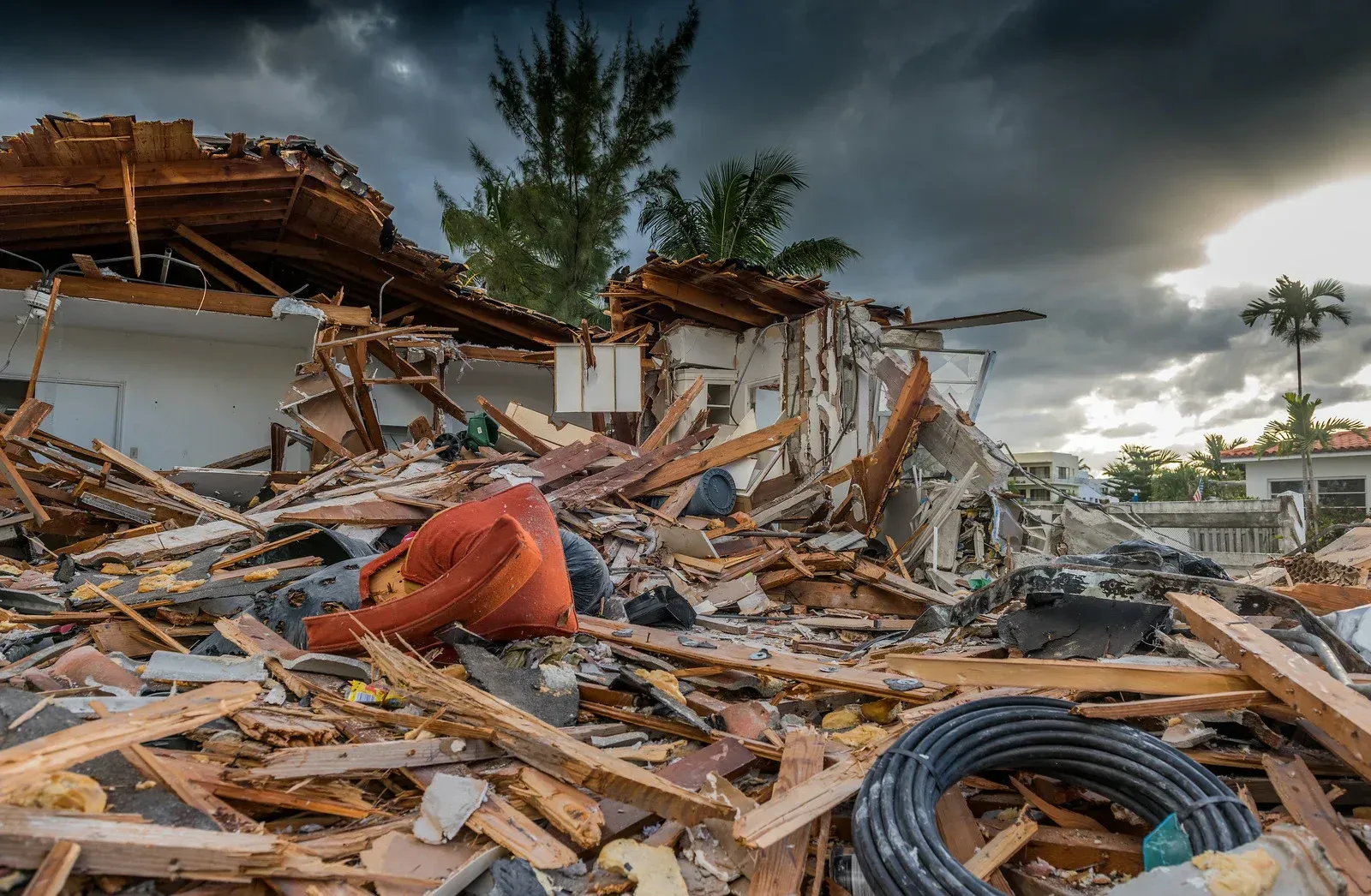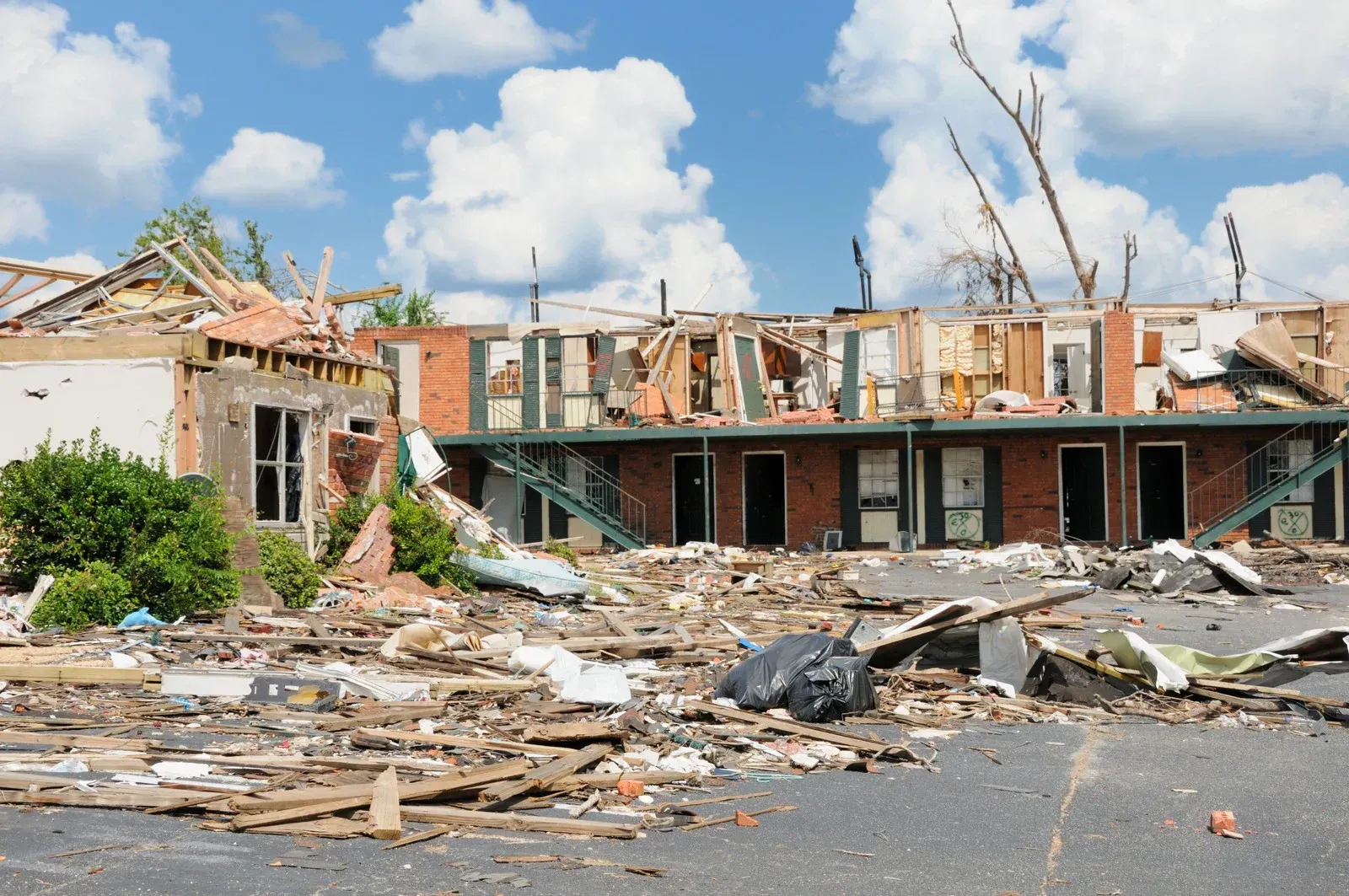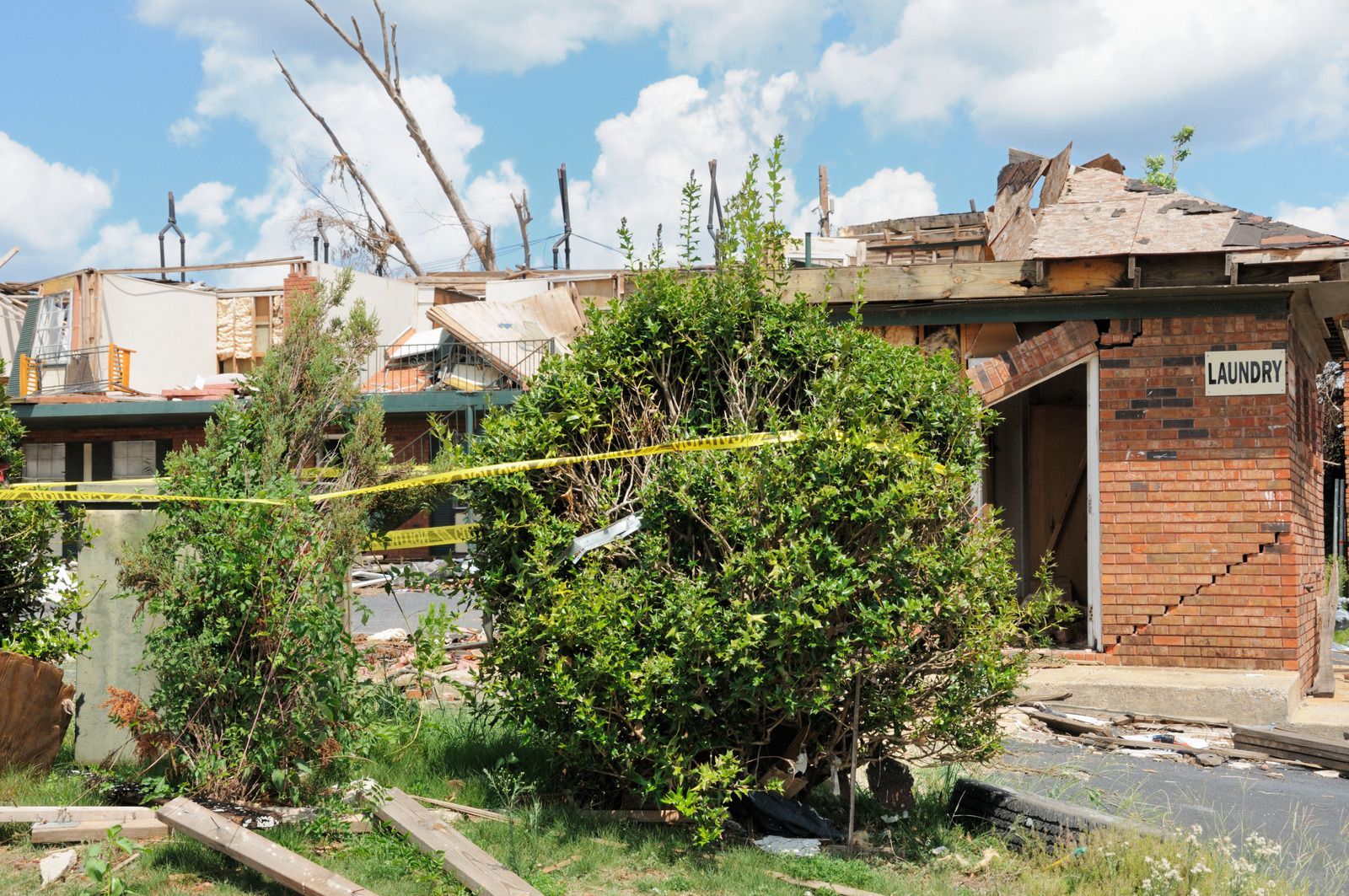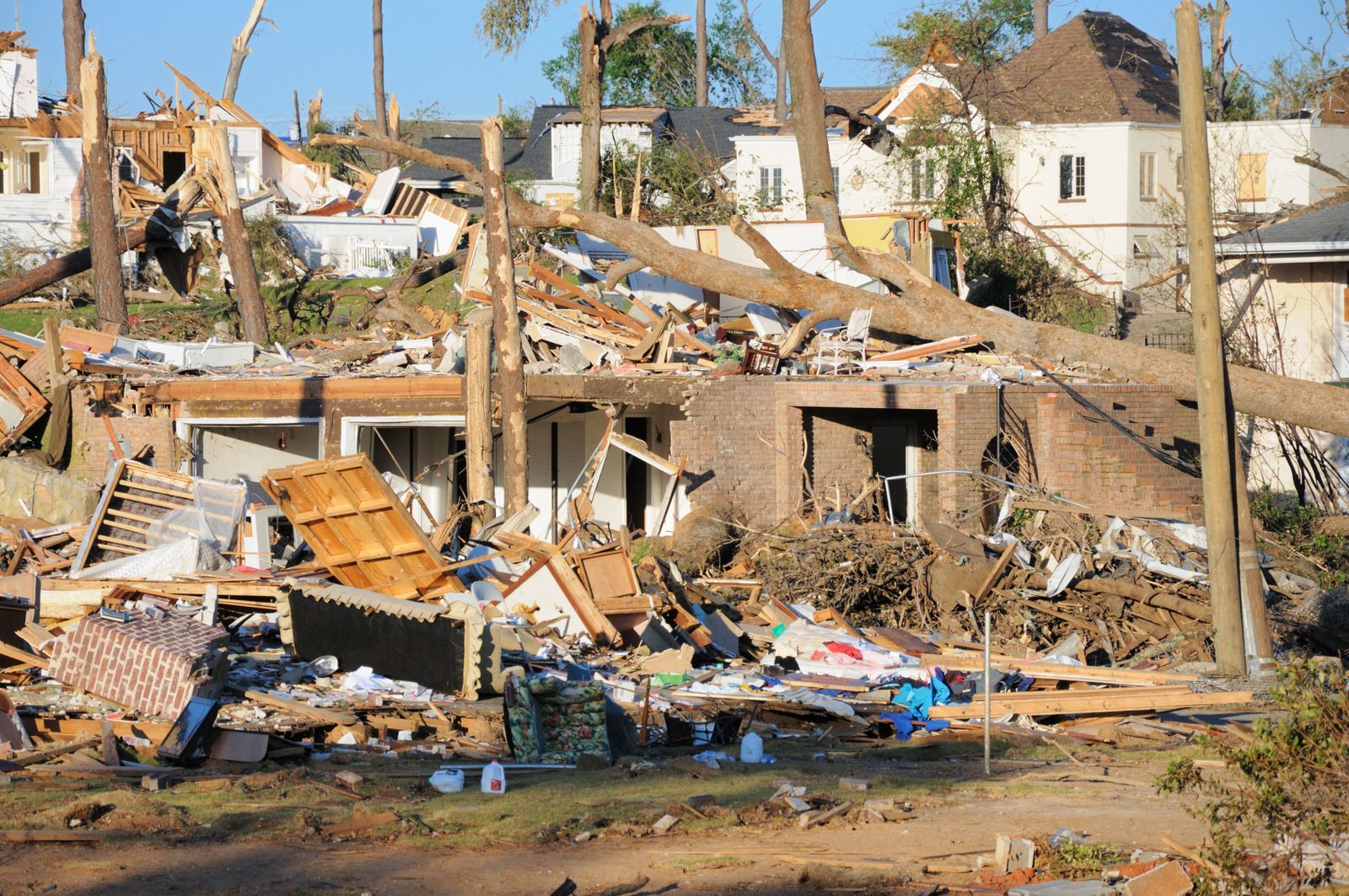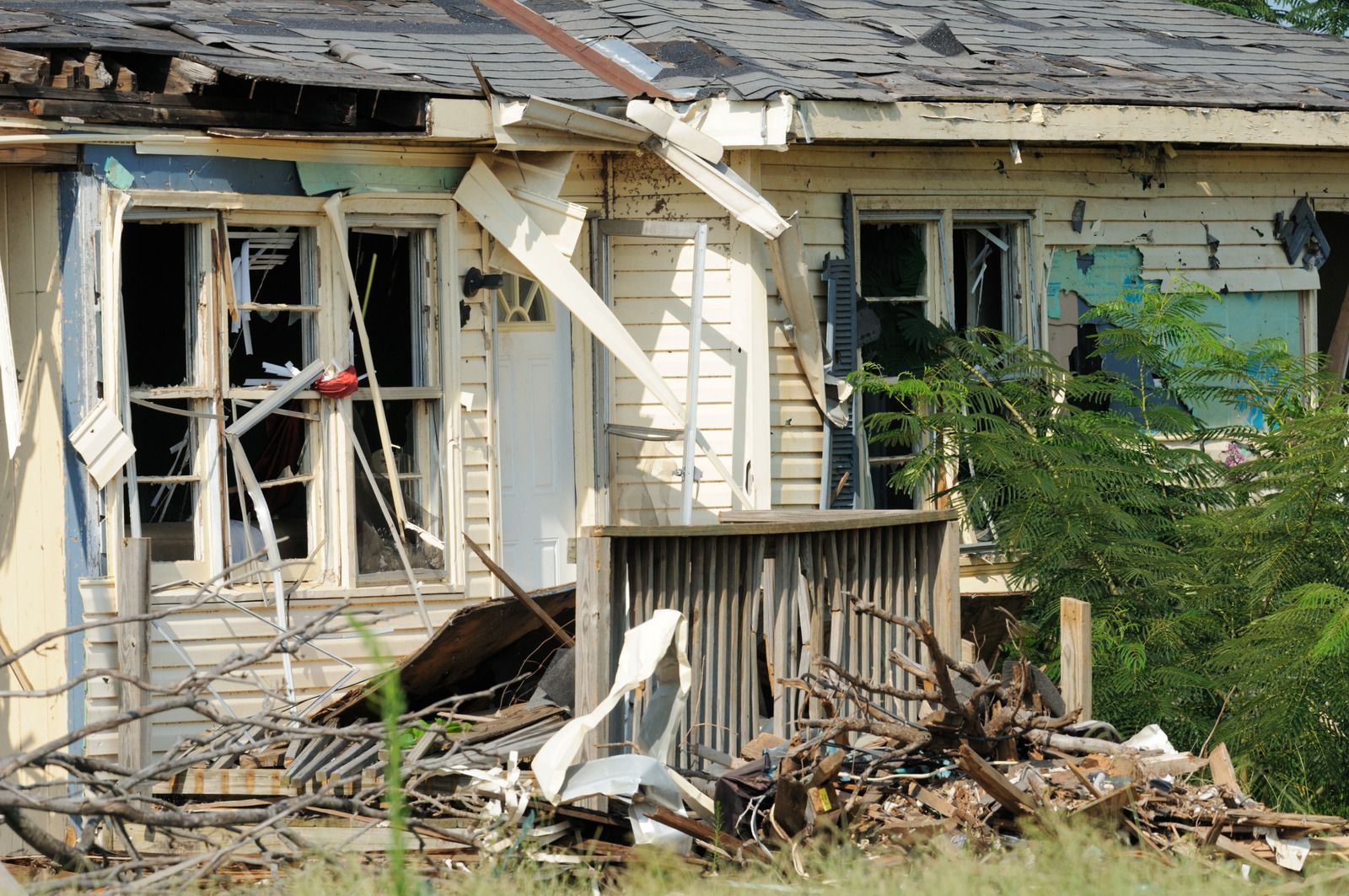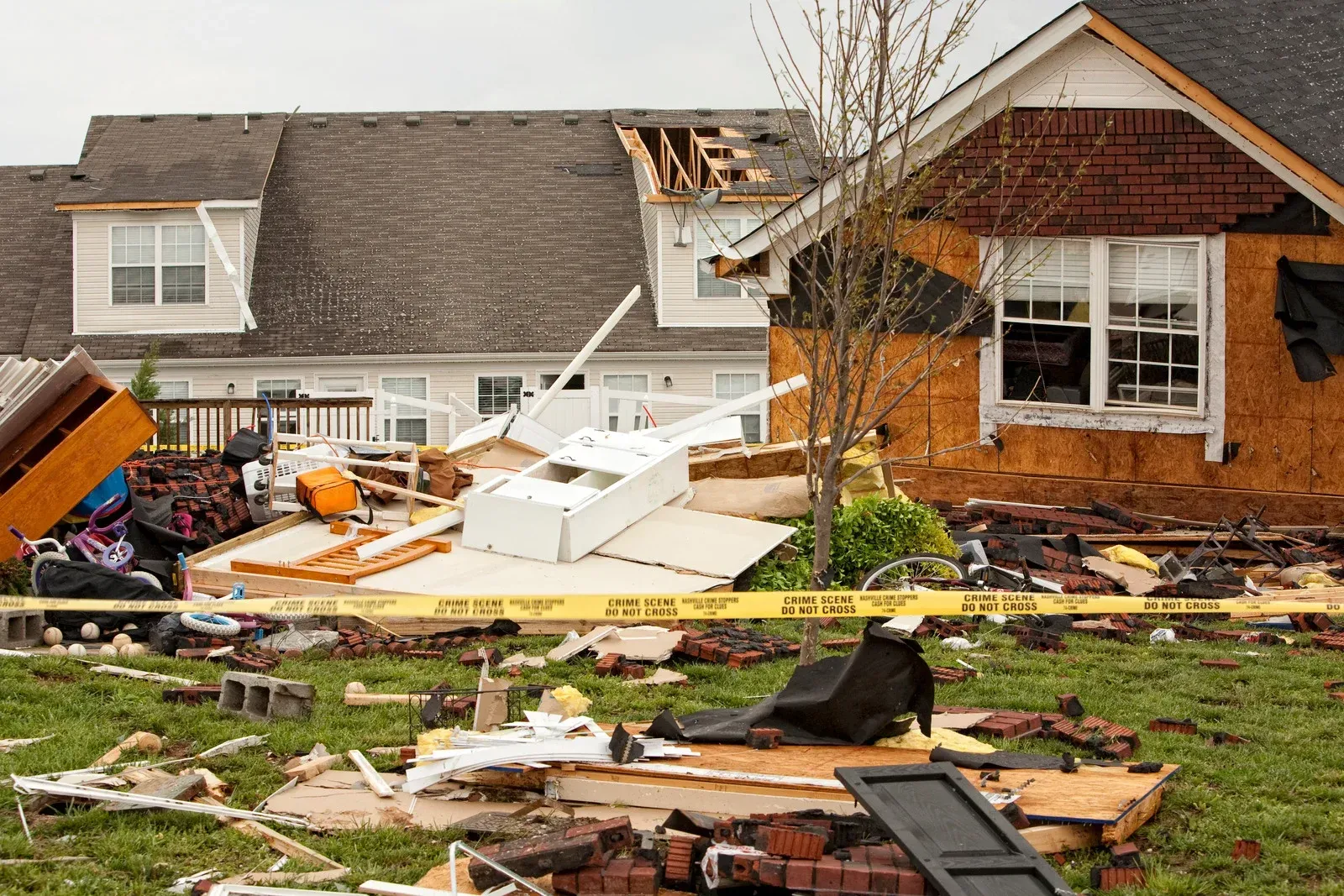Marco Island Hurricane Milton Damage Recovery Experts
Recovering After Hurricane Milton: Marco Island's Path to Rebuilding
The aftermath of Hurricane Milton has left Marco Island, Florida, grappling with widespread damage and the challenging journey toward recovery. High winds, torrential rains, and storm surges have significantly impacted homes and businesses throughout the region. As residents begin to rebuild, it's crucial to understand the steps to recovery, from assessing damage to navigating the insurance claims process.
Immediate Safety Measures
After a hurricane, safety is the top priority. Residents should avoid returning to their properties until local authorities declare it safe. Hazards like downed power lines, unstable structures, and flooding pose serious risks. FEMA’s Hurricane Safety Tips offer comprehensive guidance on staying safe during the aftermath of a storm. Following these recommendations ensures that individuals and families can focus on recovery without compromising their well-being.
Assessing Damage: What to Look For
Once it is safe to return home, a thorough assessment of property damage is essential. Look for the following common types of damage:
- Roof Damage: Strong winds can tear off shingles, leaving roofs vulnerable to leaks and further water damage. Inspect roofs from a distance if possible and look for missing tiles or exposed underlayment.
- Flooding and Water Damage: Water intrusion can weaken foundations and cause mold growth. Inspect basements, lower floors, and any areas that may have been submerged.
- Structural Damage: Walls, windows, and doors may be compromised by flying debris or fallen trees. Check for cracks, shifts, or any signs of structural instability.
- Electrical Hazards: If the property has been flooded, there may be risks related to electrical systems. Turn off the power supply if safe to do so and contact a professional for a detailed inspection.
For more detailed guidance on inspecting hurricane damage, consult FEMA’s
Property Assessment Guide.
Documenting Damage for Insurance Claims
A well-documented assessment is key to securing fair compensation from insurance providers. Homeowners should:
- Take Photos and Videos: Capture clear images and videos of all damaged areas. This documentation will serve as evidence when filing claims.
- List All Damages: Create a written inventory of everything affected, from structural components to personal belongings.
- Keep Receipts: Any emergency repairs or temporary lodging costs should be recorded. These expenses might be reimbursable under homeowners' insurance policies.
This documentation can streamline the claims process and help adjusters understand the extent of the damage, making it easier to secure the compensation needed for repairs.
Understanding Insurance Coverage
Navigating insurance policies can be complex, especially when dealing with natural disaster-related claims. Many homeowners’ policies cover wind damage but may exclude flooding. Therefore, if flooding has occurred, those with a separate flood insurance policy through the National Flood Insurance Program (NFIP) should file claims accordingly. Visit the NFIP website for more information about flood insurance and claims.
Key Points to Address with Insurance Providers:
- Policy Limits: Verify the coverage limits and deductibles for different types of damage.
- Timeframes: Insurance companies often have specific timelines for reporting and resolving claims. Make sure to adhere to these to avoid delays.
- Supplemental Claims: If additional damages become apparent after the initial claim, a supplemental claim can be filed.
Finding the Right Restoration Services
a successful recovery. Look for contractors that specialize in hurricane recovery, as they understand the complexities of repairing homes after significant storm damage. Recommendations from neighbors, community boards, or local government resources can be valuable in finding trustworthy contractors.
A good restoration company will provide a detailed plan, including timelines and cost estimates, helping homeowners understand the scope of the work needed.
Financial Assistance Beyond Insurance
In addition to insurance payouts, residents may qualify for government assistance programs. The Federal Emergency Management Agency (FEMA) provides grants for temporary housing, home repairs, and other disaster-related expenses. Small Business Administration (SBA) disaster loans can also provide low-interest financing for rebuilding efforts.
Applying for these programs can be a lifeline for those whose insurance does not fully cover their losses. It’s advisable to reach out to local disaster recovery centers or visit FEMA’s official site to understand eligibility criteria and application processes.
Partnering with Experts: The Key to a Smooth Recovery
Recovering from a hurricane is never easy, but having expert guidance can make a significant difference. Primo Adjusting Services is here to support homeowners in Marco Island through the complex claims process. With a deep understanding of the challenges posed by hurricanes like Milton, our team is dedicated to ensuring that you receive the compensation you deserve. We provide a seamless process, from initial assessment to final claim resolution, helping you focus on what matters most—rebuilding your home and community.
Marco Island is a resilient community, and together, we can overcome the aftermath of Hurricane Milton. Reach out to
Primo Adjusting Services today to get the support you need for a successful recovery.

